Je vous avais parlé du livre de recettes trouvé à l'épicerie contenant des recettes de lavande et d'une recette qui m'avait intriguée... les aubergines à la lavande. Comme j'avais de la tisane à la lavande et que j'avais trouvé des petites aubergines assez apétissantes, je me suis lancée.
I told you about the recipe book I had found at the grocery store published by Bleu Lavande and about a recipe I had been intrigued by... eggplant with lavender. Since I had some lavender tea and I had found some appetizing eggplants, I decided to try the recipe out.
I told you about the recipe book I had found at the grocery store published by Bleu Lavande and about a recipe I had been intrigued by... eggplant with lavender. Since I had some lavender tea and I had found some appetizing eggplants, I decided to try the recipe out.
Alors pourquoi le coup de gueule, me demanderez-vous? Depuis des années, ma référence en ce qui concerne les fines herbes et les épices, c'est ce livre. Reader's Digest???!!! direz-vous? Eh bien oui, car je connais leurs normes de publication, puisqu'une amie y a travaillé comme recherchiste. Le moindre mot publié est vérifié. Ce livre a été rédigé avec les profs de la faculté de sciences pharmaceutiques et biologiques de l'université René-Descartes. Ils devraient s'y connaître...
So why am I having a bit of a tantrum? For years, I've relied on this book for anything herbs and spices. Reader's Digest???!!! will you ask? Yup, because I know what their publishing criteria are since a friend worked for them as a researcher. The slightest word published is checked out. This book was written in conjunction with professors at the pharmaceutical and biological sciences department at Université René-Descartes. They should know what they're talking about...
Remarque: Tarzile me fait remarquer que l'édition de ce livre est épuisée. Avec l'Internet, c'est facile de faire une recherche en entrant les mots clés «toxicité + le nom de l'herbe ou de l'épice». Par exemple, voici un hyperlien trouvé pour «lavande».
Note: Tarzile remarked that this book is out of print. With Internet, it's easy to search by entering the words «toxicity + the name of the spice or herb». For example, here's a link found for lavender.
So why am I having a bit of a tantrum? For years, I've relied on this book for anything herbs and spices. Reader's Digest???!!! will you ask? Yup, because I know what their publishing criteria are since a friend worked for them as a researcher. The slightest word published is checked out. This book was written in conjunction with professors at the pharmaceutical and biological sciences department at Université René-Descartes. They should know what they're talking about...
Remarque: Tarzile me fait remarquer que l'édition de ce livre est épuisée. Avec l'Internet, c'est facile de faire une recherche en entrant les mots clés «toxicité + le nom de l'herbe ou de l'épice». Par exemple, voici un hyperlien trouvé pour «lavande».
Note: Tarzile remarked that this book is out of print. With Internet, it's easy to search by entering the words «toxicity + the name of the spice or herb». For example, here's a link found for lavender.
La petite marque rouge dans le texte est le symbole pour «mise en garde». L'avertissement se suffit à lui-même. Or, je regarde la boîte de tisane à la lavande que j'ai achetée en même temps que le livre... il n'y a rien d'inscrit. Iode? hmmm... fruits de mer, peut-être? Les belles malpèques si iodées. Si on lit plus loin, dans les principes actifs, coumarine. hmmm... est-ce à dire que ce ne serait pas une bonne idée de servir une bonne citronnade à la lavande à l'oncle Jean qui vient de subir un triple pontage et qui prend déjà de la coumarine? Et voilà mon coup de gueule... d'où vient la difficulté d'obtenir des renseignements complets et exacts? Nous sommes à la merci de gens qui transforment les aliments et ce n'est quelquefois pas rassurant. Par ailleurs, demandez à certains professionnels de la santé qui, par manque de formation en pharmacologie, y perdent leur latin, répondant que ce sont des histoires de bonne femme, pour se donner bonne contenance! Nous vivons dans un monde qui est tellement surspécialisé que l'information s'y perd! La lavande est un simple (pour certains, un médicament), qu'on se le dise. Et avant de la mettre à toutes les sauces, mieux vaut s'informer. Où je m'insurge n'est pas sur la qualité des produits de cette entreprise, qui sont excellents, c'est sur l'absence d'information précise (peut-être n'est-elle pas requise par la législation? Mais c'est alors un autre problème. Et la question se pose, doit-on se limiter au strict minimum requis?)
The little red mark in the text is a symbol for «warning». The translation of the warning is: Do not exceed recommended doses. Incompatibility with iron salts and iodine. Iodine? hmmm... shellfish, maybe? Those lovely salty oysters. If we read on, in the active elements, we read coumarine. hmmm... does this mean that it's not a good idea to offer a good lavender lemonade to uncle John who just had a triple by-pass surgery and is already taking coumarine? So why am I hopping mad? Because on the lavender tea box I purchased at the same time as the book, there is no mention of this. Where does the difficulty come in getting precise and exact information? We're at the mercy of people who transform raw goods and it's sometimes not very reassuring. On the other hand, ask certain health professionals who, by lack of training in pharmacology, are lost in the woods, saying that these are old wives tales to give themselves some kind of countenance! We live in a world that is so overspecialized that the information just does not flow! Lavender is, for some people, a herbal remedy, with active elements and before starting to put it in recipes, it's a good thing to find out about its properties. What gets me angry is not the quality of the product of this producer, it's excellent, but the lack of information on their food products. But then perhaps this information is not legally required? In which case, it's another problem. And one could ask if it's sufficient to limit oneself to the strict minimum required.
The little red mark in the text is a symbol for «warning». The translation of the warning is: Do not exceed recommended doses. Incompatibility with iron salts and iodine. Iodine? hmmm... shellfish, maybe? Those lovely salty oysters. If we read on, in the active elements, we read coumarine. hmmm... does this mean that it's not a good idea to offer a good lavender lemonade to uncle John who just had a triple by-pass surgery and is already taking coumarine? So why am I hopping mad? Because on the lavender tea box I purchased at the same time as the book, there is no mention of this. Where does the difficulty come in getting precise and exact information? We're at the mercy of people who transform raw goods and it's sometimes not very reassuring. On the other hand, ask certain health professionals who, by lack of training in pharmacology, are lost in the woods, saying that these are old wives tales to give themselves some kind of countenance! We live in a world that is so overspecialized that the information just does not flow! Lavender is, for some people, a herbal remedy, with active elements and before starting to put it in recipes, it's a good thing to find out about its properties. What gets me angry is not the quality of the product of this producer, it's excellent, but the lack of information on their food products. But then perhaps this information is not legally required? In which case, it's another problem. And one could ask if it's sufficient to limit oneself to the strict minimum required.
La recette ne prévoyait pas une quantité excessive de lavande. C'était rassurant mais j'étais quand même dubitative sur le résultat. Il s'agissait de prendre un grosse aubergine, de la couper en dés, de la saler au gros sel puis de la laisser dégorger pendant 30 minutes avant de la rincer. On la faisait sauter dans de l'huile d'olive à feu vif, puis on baissait le feu pour laisser mijoter après avoir ajouté ciboulette, lavande et crème épaisse. La quantité de crème me semblait généreuse, mais j'ai suivi la recette. Constat? À mon goût, je réduirais la quantité de crème.
The recipe didn't call for an excessive amount of lavender. I was reassured but still doubtful about the end result. The recipe consists of taking a large eggplant, dicing it and salting it with sea salt, letting it render its water for 30 minutes, rinsing it, then cooking it over high heat in olive oil, reducing the heat and adding chives, lavender and heavy cream. The quantity of cream required seemed a bit generous, but I followed the recipe. Opinion? I would reduce the quantity of cream.
The recipe didn't call for an excessive amount of lavender. I was reassured but still doubtful about the end result. The recipe consists of taking a large eggplant, dicing it and salting it with sea salt, letting it render its water for 30 minutes, rinsing it, then cooking it over high heat in olive oil, reducing the heat and adding chives, lavender and heavy cream. The quantity of cream required seemed a bit generous, but I followed the recipe. Opinion? I would reduce the quantity of cream.
Comme il faisait chaud et humide et puisque j'avais de beaux légumes à manger en crudités et beaucoup de fines herbes (ciboulette, estragon, persil) au jardin, j'ai refait la trempette déesse verte (recette ICI) que j'ai servie avec fenouil, carottes jaunes et radis.
Since it was hot and humid and I had lovely vegetables to eat raw and lots of herbs in the garden (chives, tarragon and parsley), I did the Green Goddess Dip again (recipe HERE).
ouf! ouf! ouf! pas de mise en garde non plus!
Soit dit en passant, je ne donne pas de conseils de cures, mais je m'assure tout simplement qu'il n'y a pas de possibilité d'effet nocif.
Soit dit en passant, je ne donne pas de conseils de cures, mais je m'assure tout simplement qu'il n'y a pas de possibilité d'effet nocif.
Since it was hot and humid and I had lovely vegetables to eat raw and lots of herbs in the garden (chives, tarragon and parsley), I did the Green Goddess Dip again (recipe HERE).
Et j'avais du rhum de la Jamaïque. En ouvrant la bouteille, il m'est venu un arôme qui ressemble à celui d'un bon whiskey. J'avais de la crème de coco et du jus d'ananas... Pina Colada!
And I had some Jamaican rum. As I opened the bottle, I smelled a faint hint of good whiskey. I had some cream of coconut and some pineapple juice... Pina Colada!
And I had some Jamaican rum. As I opened the bottle, I smelled a faint hint of good whiskey. I had some cream of coconut and some pineapple juice... Pina Colada!
Voilà un bon «remède» pour retrouver la bonne humeur (avec, ou sans, le rhum)
Now that's good «medicine» to get into a better mood (with or without the rum)
PINA COLADA
je trouve pas l'accent :-(
I can't find the accent :-(
je trouve pas l'accent :-(
I can't find the accent :-(
Pour 1 personne - For 1 serving
- Glaçons au besoin | Ice cubes as needed
- 2 oz de rhum | 2 ounces of rum
- 6 oz de jus d'ananas | 6 ounces of pineapple juice
- 2 oz (ou plus, au goût) de crème de coco | 2 ounces (or more, to taste) of coconut cream
Remplir un shaker aux 2/3 de glace, ajouter les ingrédients et bien brasser. Verser dans un verre.
Fill a cocktail shaker two-thirds full with ice, add the ingredients and shake well. Pour into a glass.
Fill a cocktail shaker two-thirds full with ice, add the ingredients and shake well. Pour into a glass.
Ou, encore, verser dans des moules à popsicles et mettre au congélateur. N'oubliez pas, c'est tout aussi bon sans alcool.
Or, again, pour into popsicle molds and freeze. Don't forget, a virgin pina colada is just as good.
Or, again, pour into popsicle molds and freeze. Don't forget, a virgin pina colada is just as good.
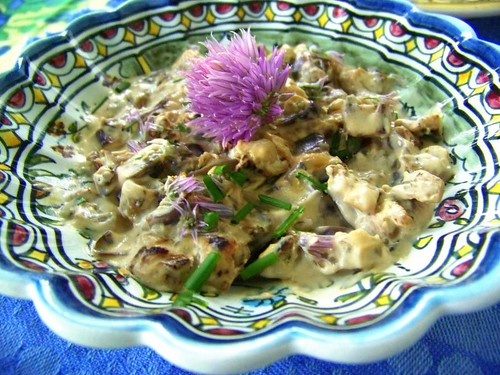
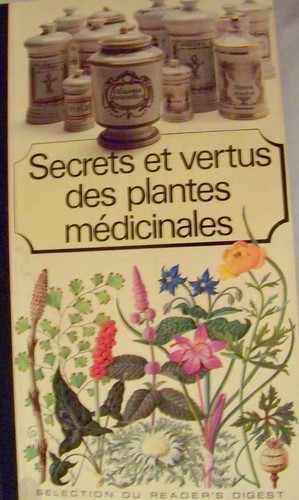

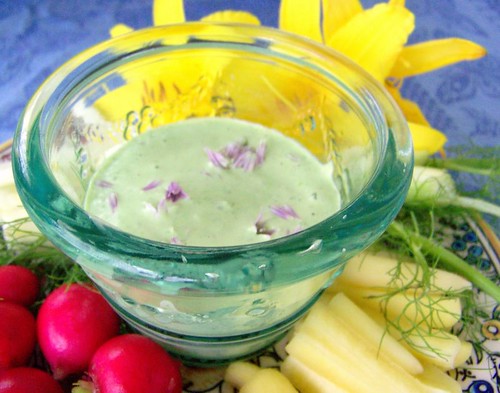
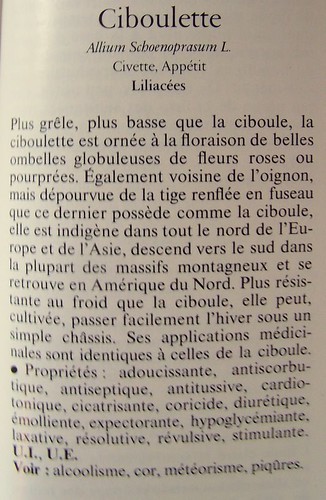

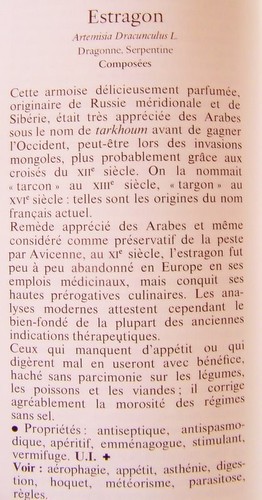

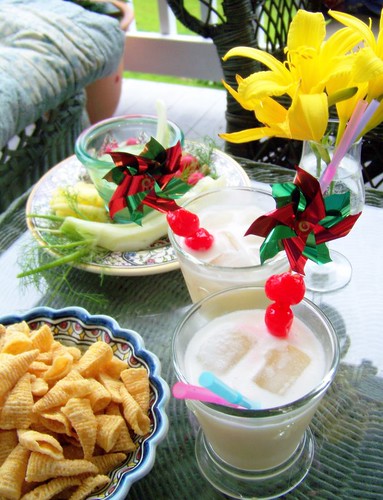

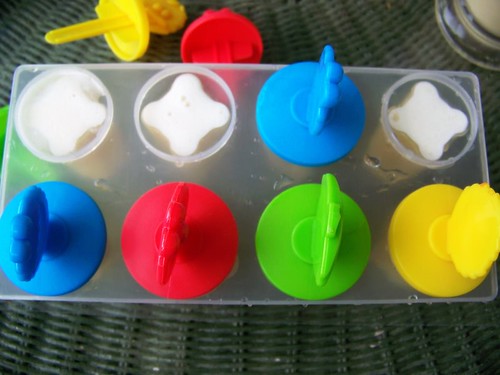


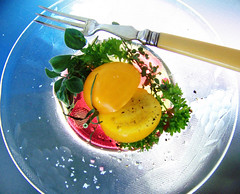


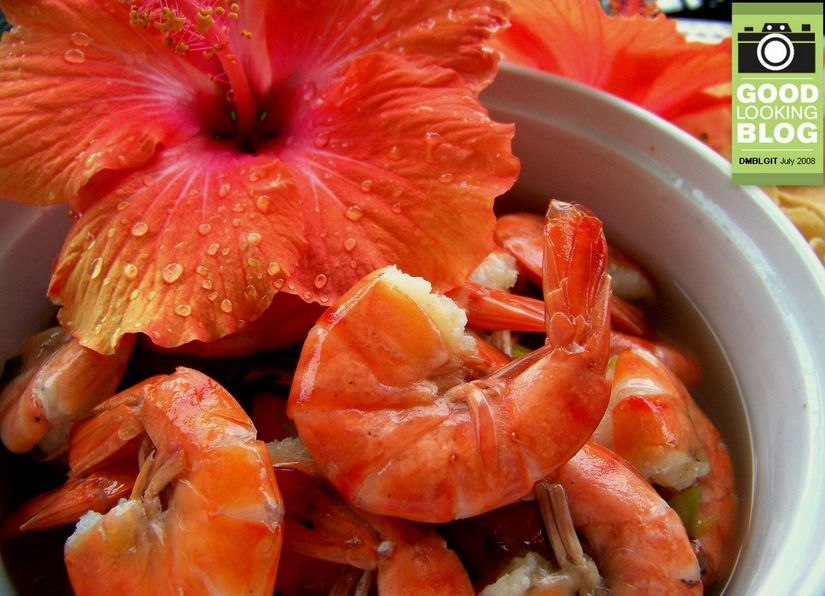
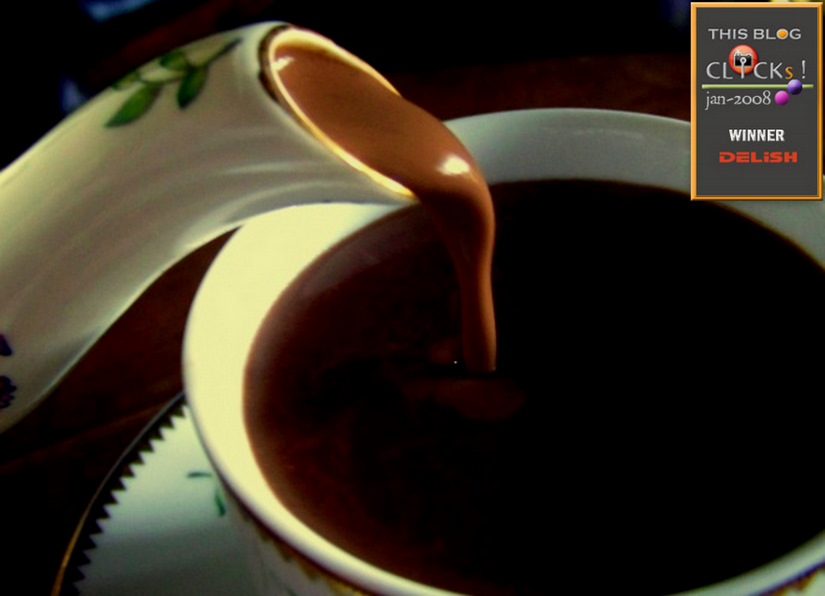

8 commentaires:
Je comprends ton énervement... :-(
C'est n'importe quoi, l'industrie agro-alimentaire. Pfffttt... Ils nous prennent vraiment pour des poires.
Sinon, ton blog est de plus en plus beau... :-)
Beijinhos.
également de la coumarine dans la fève tonka très peu de gens le savent...
c'est le genre de choses qui m'énervent aussi!
allez, je prends un verre de pina colada moi aussi, chin!
Il faut bien manger, Elvira... ils nous tiennent par où le bat blesse. Merci :-P Tout est en marche, chez toi?
Oui, Lavande... j'en ai déjà parlé et je lisais justement hier dans une recette de Philippe de Vienne qu'il y mettait 1/8 de fève tonka dans sa recette en mettant en garde de ne pas dépasser les doses.
À ta santé, Auntie Joe! Soulevons-nous et levons nos verres! ;-P
Excellent billet et Bleu Lavande devrait faire ses classes... Ils se vantent en effet d'offrir un produit de luxe tester en laboratoire.... Qui plus est:`M. Lavande m'a confirmé avoir testé tous les produits cosmétiques aussi en laboratoire!!!
Merci pour ton comm, Blogueencore. Leurs produits sont d'excellente qualité (et je vais modifier mon billet en conséquence), notamment leur gel circulatoire que j'adore, qui relève de la phytothérapie. Où je m'insurge, c'est au niveau de la qualité de l'information sur leurs produits alimentaires, tout simplement.
Attention ma chère qui sait qui lit ton blog, les nouvelles courent vite en région!
Et j'espère, Blogueencore, que mon billet fera en sorte que cette excellente entreprise fasse l'ajustement pour que l'emballage soit à la hauteur de leur excellent produit. N'est-ce pas là une bonne synergie à établir entre client et fournisseur?
Publier un commentaire